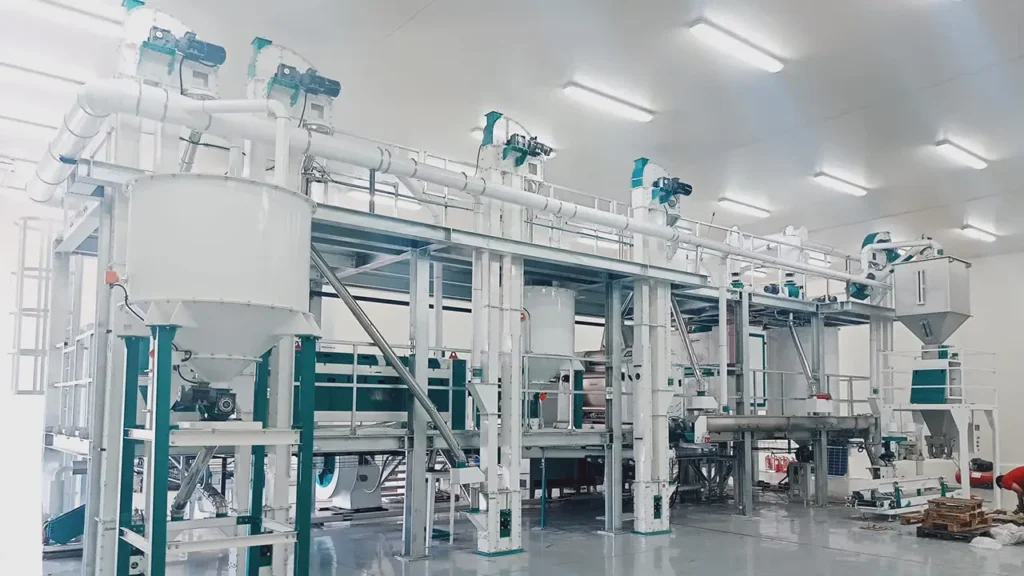Bulgur Machines
Bulgur Machines: Producing Traditional Taste with Modern Technology
Bulgur, with a history spanning thousands of years, is one of the ancient delicacies of Anatolia. While the production of this valuable foodstuff using traditional methods is quite labor-intensive and time-consuming, modern bulgur machines now enable its production in a more hygienic, efficient, and standardized quality.
Bulgur production consists of stages such as cleaning the wheat, boiling it, drying it, removing its husk, and finally, grinding it to the desired size. While all these processes were carried out by manual labor in traditional methods, the production process has been automated with modern bulgur machines, significantly increasing efficiency.
Bulgur machines consist of equipment specifically designed for each stage of the production process. Selecting the right machinery is of great importance for both production efficiency and the quality of the final product.

Types and Features of Bulgur Machines
Fully Automated Bulgur Production Plants
Designed for industrial-scale bulgur production, these are integrated systems that carry out the entire production process automatically. These high-capacity plants perform cleaning, boiling, drying, dehulling, and grinding operations on a single line.Key Features:
- High production capacity (500 kg – 5 tons per hour)
- Energy efficiency
- PLC-controlled automation system
- Hygienic stainless steel construction
- Low labor requirement
Semi-Automatic Bulgur Machines
Ideal for small and medium-scale businesses, these machines automate specific stages of the production process. They typically consist of modular machines that perform boiling, drying, and dehulling operations.Key Features:
- Medium-level production capacity (100-500 kg per hour)
- Low energy consumption
- Easy installation
- Flexible production capability
- Cost-effectiveness
Bulgur Roasting and Drying Machines
These specialized machines carry out the boiling and drying processes, which are among the most critical stages of bulgur production. They are designed with a heating system, humidity control, and for homogeneous cooking.Key Features:
- Fully automatic temperature control
- Homogeneous cooking and drying
- Energy-efficient design
- Stainless steel interior surface
- Easy-to-clean structure
Bulgur Dehulling and Sifting Machines
These machines are used to remove the husk from boiled and dried wheat and to classify the grains according to their size. They feature adjustable sieve systems to produce different types of bulgur (pilaf, köfte, mussel-style).Key Features:
- Adjustable dehulling intensity
- Interchangeable sieve systems
- High efficiency
- Low broken grain ratio
- Minimal waste rate
Key Considerations for Choosing a Bulgur Machine
Selecting the right bulgur machine is critical for the efficiency and profitability of your operation. Key factors to consider during machine selection include:
Production Capacity
Accurately determining your required hourly and daily production volume is the most important factor in machine selection. You should determine your capacity needs by considering your current market and future growth plans.
Energy Efficiency
Significant energy consumption occurs during the bulgur production process, particularly in the boiling and drying stages. Energy-efficient machines will significantly reduce your operating costs in the long term.
Material Quality
It is critical for both hygiene and machine longevity that all surfaces in contact with food are made of stainless steel (grade 304). Machines constructed from high-quality materials have a longer lifespan and require less maintenance.
Technical Service and Spare Parts
The machine’s technical service support and the ease of obtaining spare parts are crucial for minimizing production loss in the event of a breakdown. Locally manufactured machines may offer an advantage in this regard.


